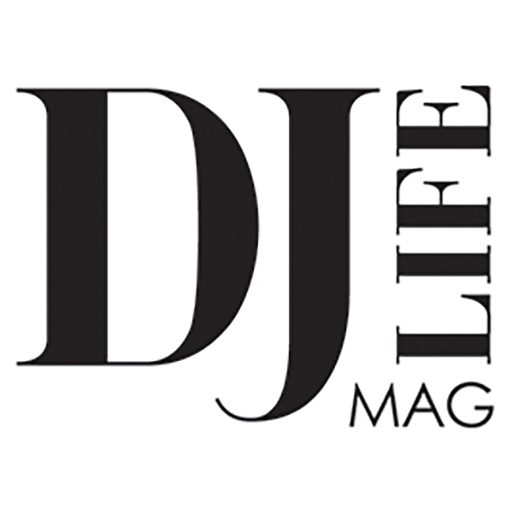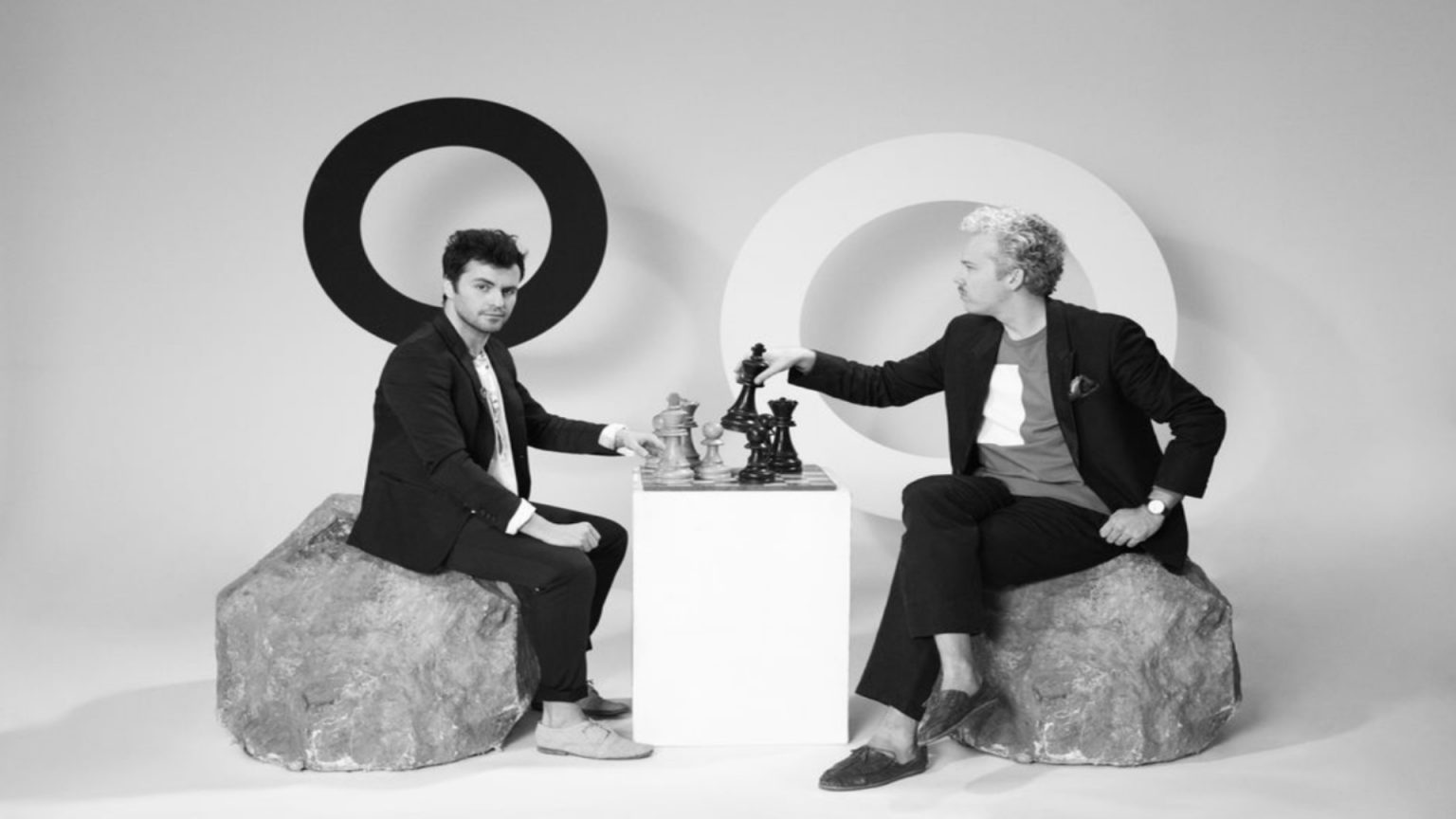If you slap the “French Touch” label on Polo & Pan, they don’t seem to be upset about it.
The chart-topping Parisian duo of Paul “Polo” Armand-Delille and Alexandre “Pan” Grynszpan, who emerged just under a decade ago, is the 21st Century version of the classic and much-replicated electronic sound that permeated the late ’90s and early aughts.
“We’re ‘French Touch’ in the wide sense,” Armand-Delille offers drily, “because we’re French.” Très français.
Still, Polo & Pan are reconfirming their space in the landscape of French music with their irresistible second album, Cyclorama, the follow-up to 2017’s Caravelle. Released earlier in the year, Cyclorama began from 30 demos, ideas generated while the duo was on tour for Caravelle. They didn’t want to veer too far from the cinematic and playful sound they had already established; at the same time, they wanted to push themselves laterally.
One of the ways they did this was to purchase many of the instruments used on Moon Safari, the 1998 classic from fellow French duo Air. These included a Rhodes and Minimoog, among other vintage synthesizers. They also got a 1981 Trident mixer, which they used for its effects.
“Our gear evolved, but we had our sound and we tried to not go all out into experimenting with this new gear,” says Armand-Delille. “Caravelle was a lot of recordings and then all digital plug-ins and samples. Cyclorama has more layered analog synthesizers. Both albums have flutes and wind instruments and percussions. Cyclorama is a collection of a lot of demos that came from our laptops. In that way, it’s a little less coherent and goes in more directions than Caravelle. But once a demo kind of works, it’s hard to change everything about it.”
Polo & Pan have a bank of signature sounds to which they are always adding. These are generally recorded acoustically and include a great deal of percussion and mallet instruments from around the globe, as well as unusual and rare instruments such as the balafon (African percussion), metallophone (xylophone-like instrument), Cristal Baschet (glass tubes) and ondes Martenot (electronic instrument using a ring on a wire). Additionally, they will sample indigenous sounds from vinyl. These sounds are treated, processed and sometimes resampled.
The duo realized early on that having a mix of sounds from digital sources, recorded sources and sampled sources gives the music a lot of space. At the end of “Canopée,” from Caravelle, for example, layers of mallet instruments play leads that are layered with samples and stacked. According to Armand-Delille, this ’80s technique of layering MIDI tracks with samples, “gives a very rich texture.” Indeed, it does.
Polo & Pan delve deeper into essential sounds by recording water, metal and wood. Different levels of water in wine glasses are heard on “Dorothy” from Caravelle. Says Armand-Delille, “If you put it in a sampler, it’s going to sound really interesting and very organic. It’s not going to sound like a plug-in. It’s going to have its own texture. It’s a great way to create electronic sounds because they’re very pure sine waves, but by sampling. It’s not that they sound different from a plug-in. The waveform looks different, and they occupy a different place in your song, so it’s going to work much better in it.
“What I love is sampling a ’40s sound,” he continues. “When you have some jazz and it’s on the medians and there’s so much music in a small spectrum. If you put a modern sound around that, like modern highs and low bass, you’re going to get a lot of information and it’s tight. The way it sounded like back then is interesting to dabble with for producers. There’s something interesting in trying to emulate those recording techniques. Usually, it goes by buying extremely expensive gear, and also finding musicians that don’t exist anymore, so sampling is still relevant. You can make your own samples by recording or sampling records. Mixing all those different sources is a real source of richness for the producer.”
Polo & Pan work in Ableton Live, citing the popular DAW’s micro-sampling capabilities as one of its main draws. They create note-by-note keyboards for all the instruments they are using, as well as for the vocals. Armand-Delille sings on three of the Cyclorama’s songs: the bubbly and tropical “Feel Good,” the nocturnal and humid “Jiminy,” and the quirky and cosmic “Artemis.” Channel Tres is one of the only features on the album on the moody and dark “Tunnel.” The song went through a few back-and-forths between Paris and Los Angeles with Polo & Pan initially providing a classic Chicago-meets-Detroit beat similar to what Channel Tres is accustomed to singing over. When he returned his vocal, they swapped out the backing track and sent it to him with a new instrumental with a decidedly Turkish-style chords, which gave Channel Tres direction as to how he should adjust his vocals.
Their collaboration with Channel Tres was remote, as was all of Cyclorama, which was finished during the pandemic. The duo has a studio north of Paris. Initially housed in an abandoned printing factory, this was also where Armand-Delille lived off the grid for five years during the early days of the group. They moved to a new studio two years ago that is not acoustically ideal, but it has a big recording room. Here, Grynszpan, who used to solely be the DJ side of the duo, has honed his production chops and Armand-Lille has developed a knack for DJing.
“As we’ve evolved, roles have reversed many times,” says Armand-Lille. “We learned a lot from each other. Although we have different personalities, we try to not assign roles. We have different approaches, but we enjoy the same goal and that works well.”
To check out more interviews, click here.


